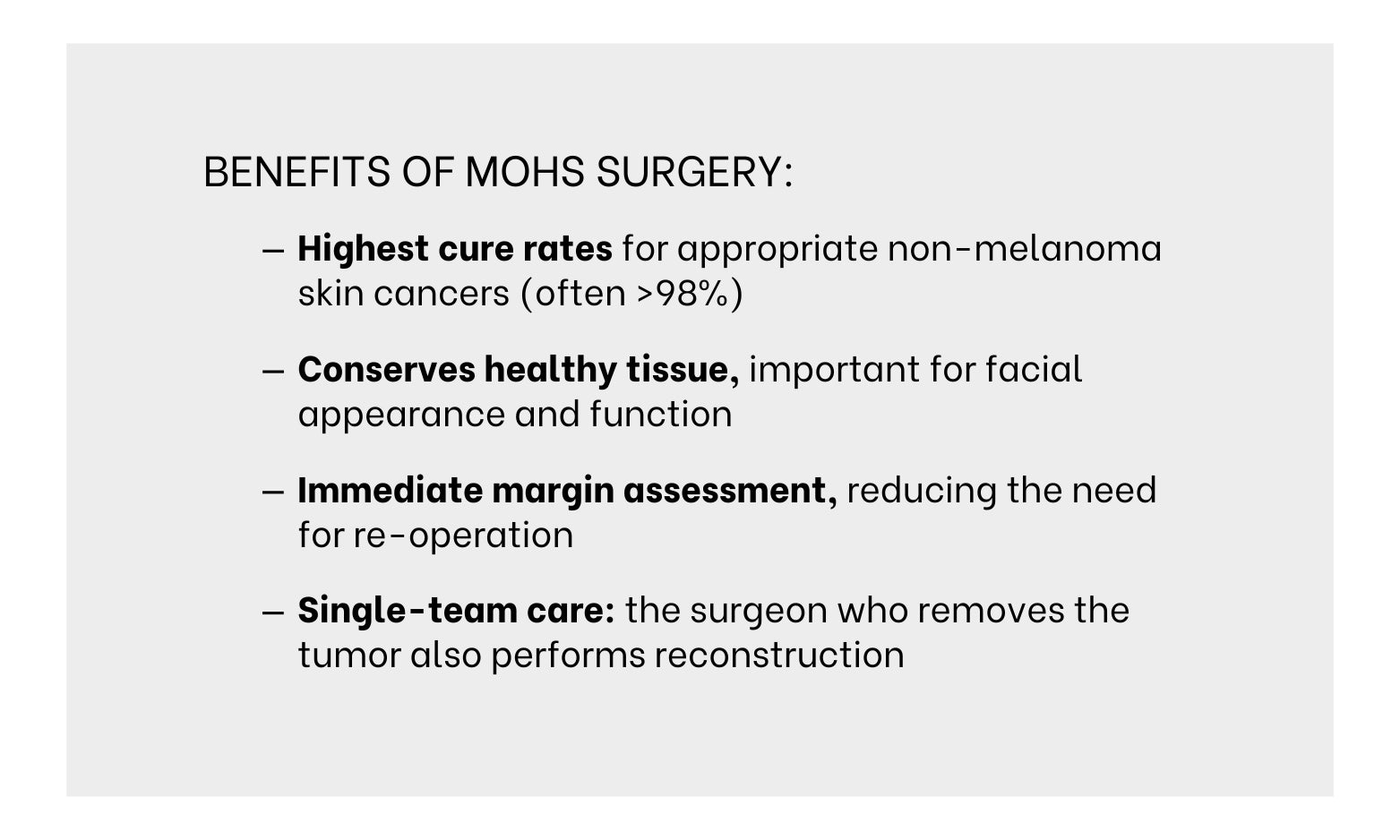
Precise Removal. Maximum Cure. Minimal Tissue Loss.
Mohs micrographic surgery is the gold-standard technique for treating many non-melanoma skin cancers. At Chicago Cosmetic Surgery & Dermatology, our fellowship-trained surgeons and expert clinical team use Mohs to remove cancerous tissue layer by layer while preserving as much healthy skin as possible—optimizing cure rates and cosmetic outcomes on the face and other sensitive areas.
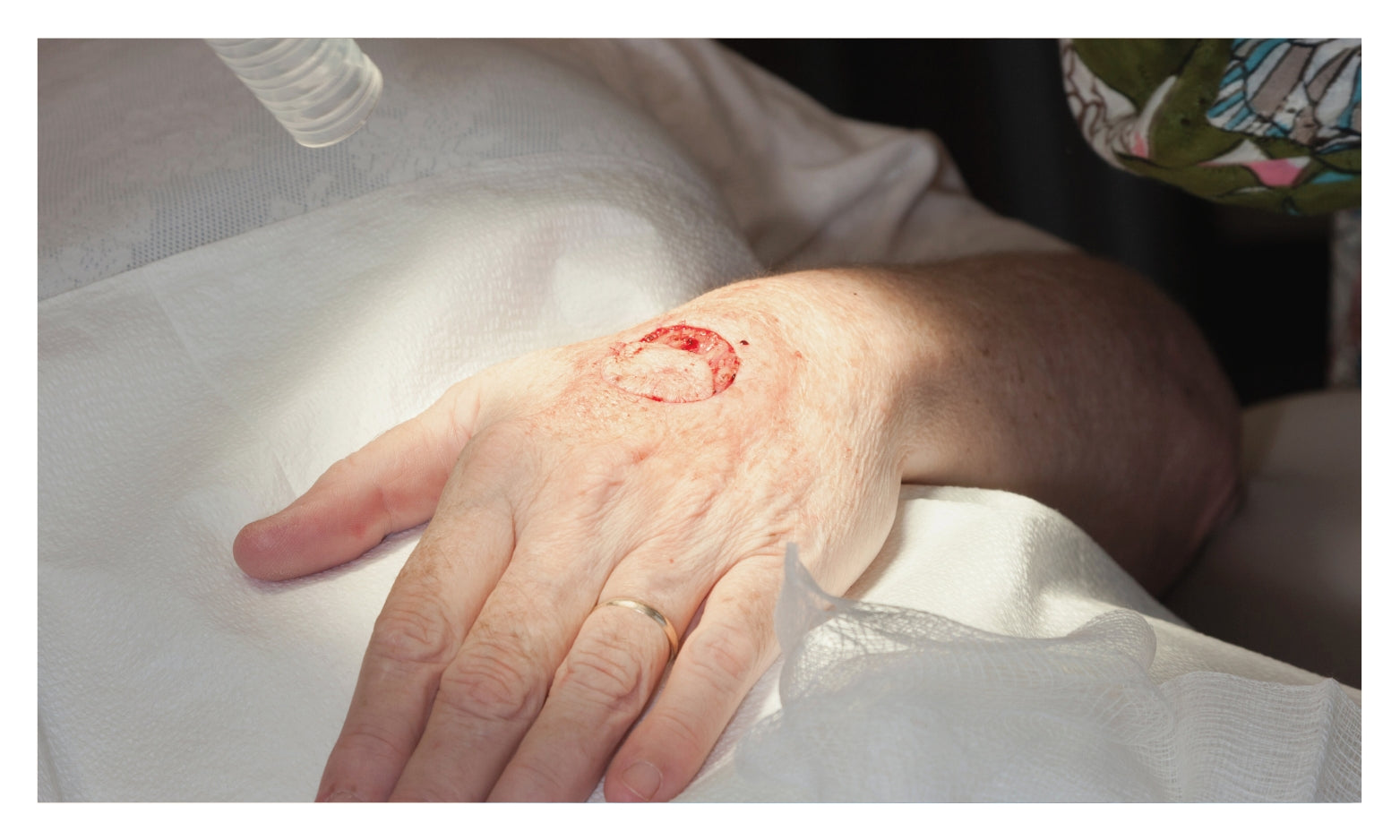
What Is Mohs Micrographic Surgery and Who is a Candidate?
Mohs is a highly precise surgical method in which the visible tumor is removed and the entire surgical margin is examined microscopically during the same visit. If cancer cells remain at the margin, only the specific area containing tumor is re-excised. This stepwise process repeats until all margins are clear, providing the highest chance of cure with the smallest necessary removal of healthy tissue.
Mohs is recommended for many basal cell and squamous cell carcinomas, particularly when the tumor is:
- Located on cosmetically or functionally important areas (face, ears, eyelids, nose, hands, genitals)
- Recurrent after prior treatment
- Large or poorly defined beneath the skin surface
- Of aggressive histologic subtype or in immunocompromised patients
Your dermatologist will evaluate your case and recommend Mohs only when it offers the best balance of cure and tissue preservation.
How the Procedure Works (Step-by-Step)
Depending on complexity, visits commonly last several hours while tissue is processed and examined.

1) Consultation & Planning:
Review diagnosis, alternatives, anesthesia, and reconstruction options.
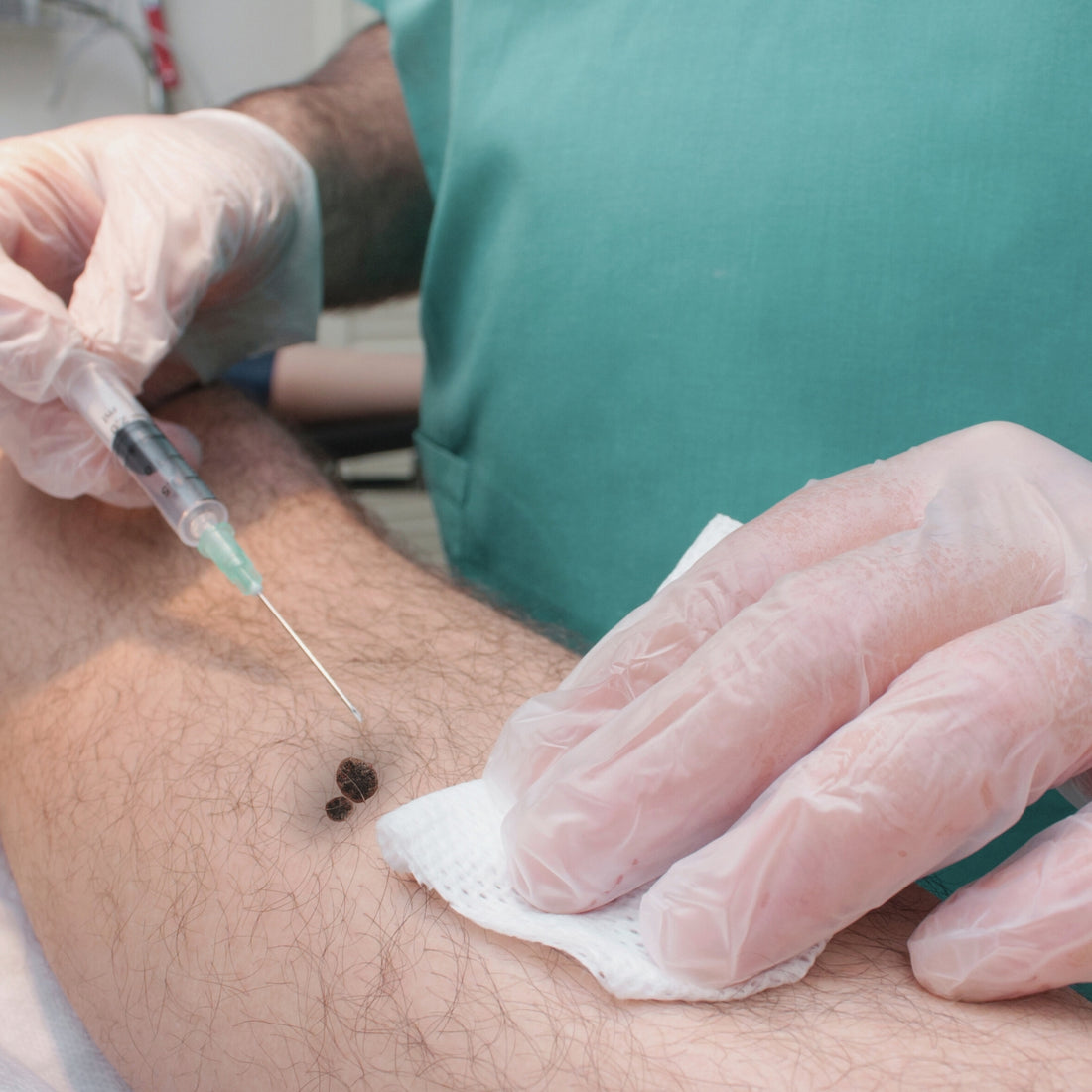
2) Local Anesthesia:
The area is numbed so most patients are comfortable and awake.
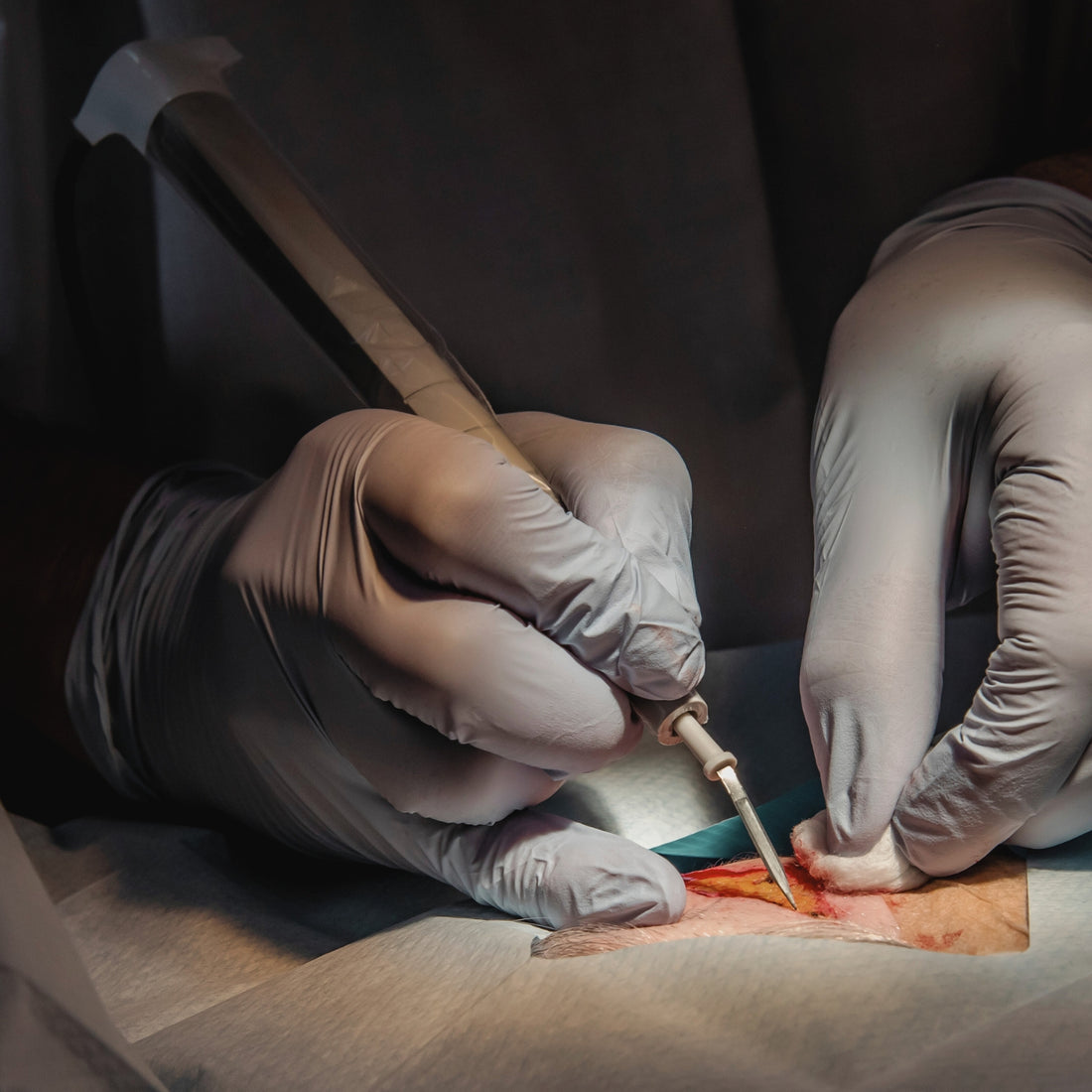
3) First Stage Excision:
The visible tumor plus a thin, mapped layer of tissue is removed.
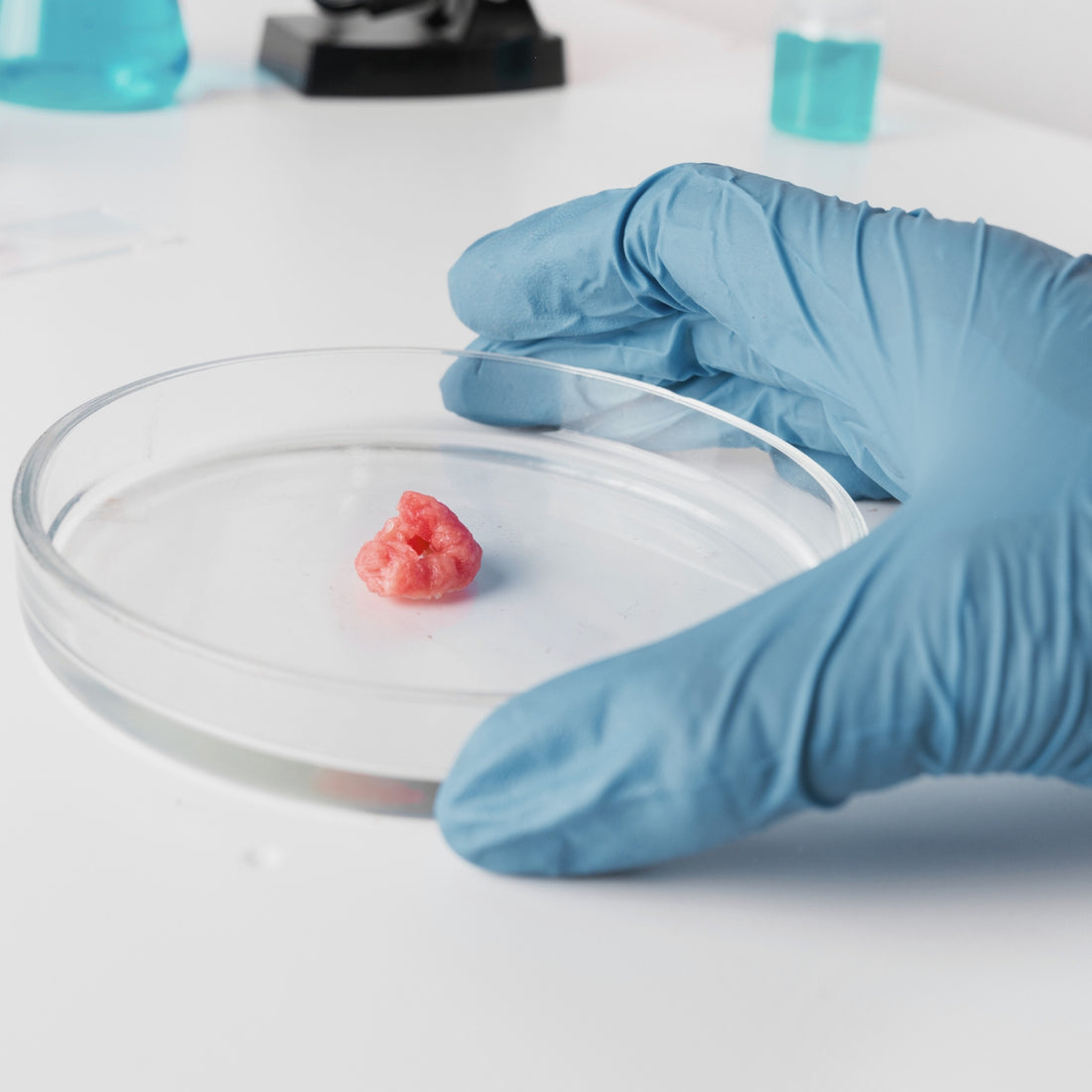
4) Mapping & Processing:
Tissue is color-coded, mapped, and processed for rapid microscopic review.
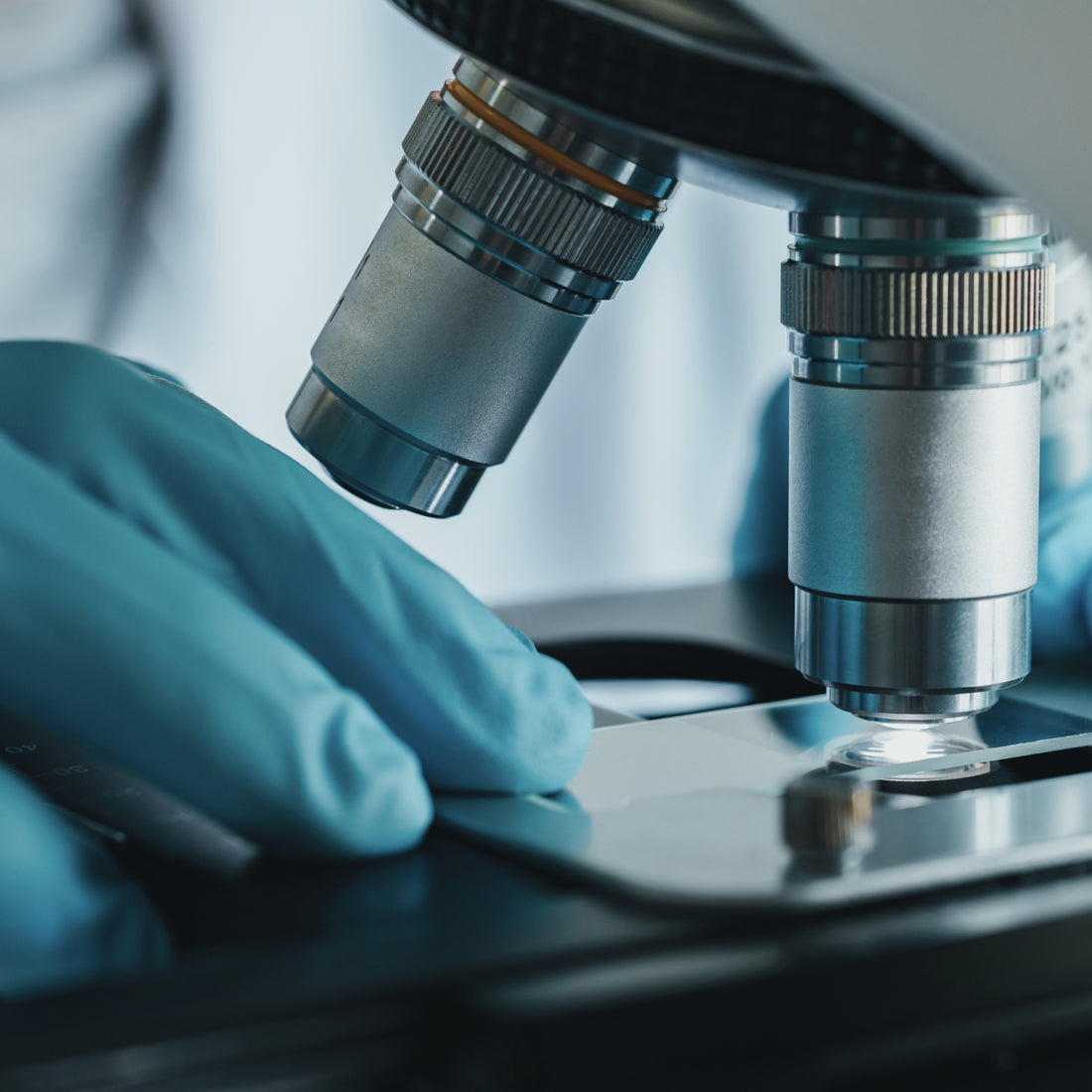
5) Microscopic Examination:
The surgeon examines the entire margin; if cancer remains, the precise area is noted on the map.
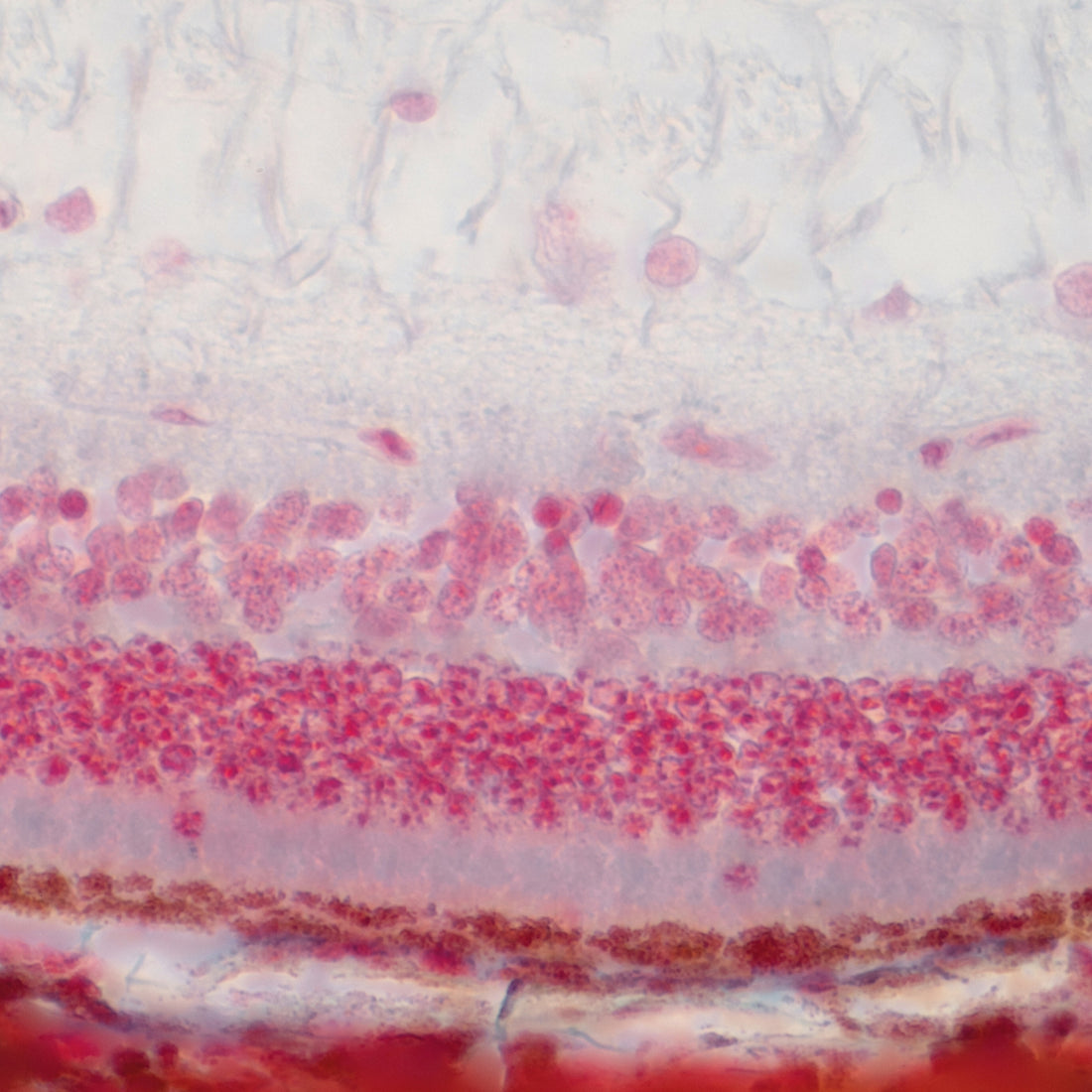
6) Additional Stages (if needed):
The surgeon examines the entire margin; if cancer remains, the precise area is noted on the map.
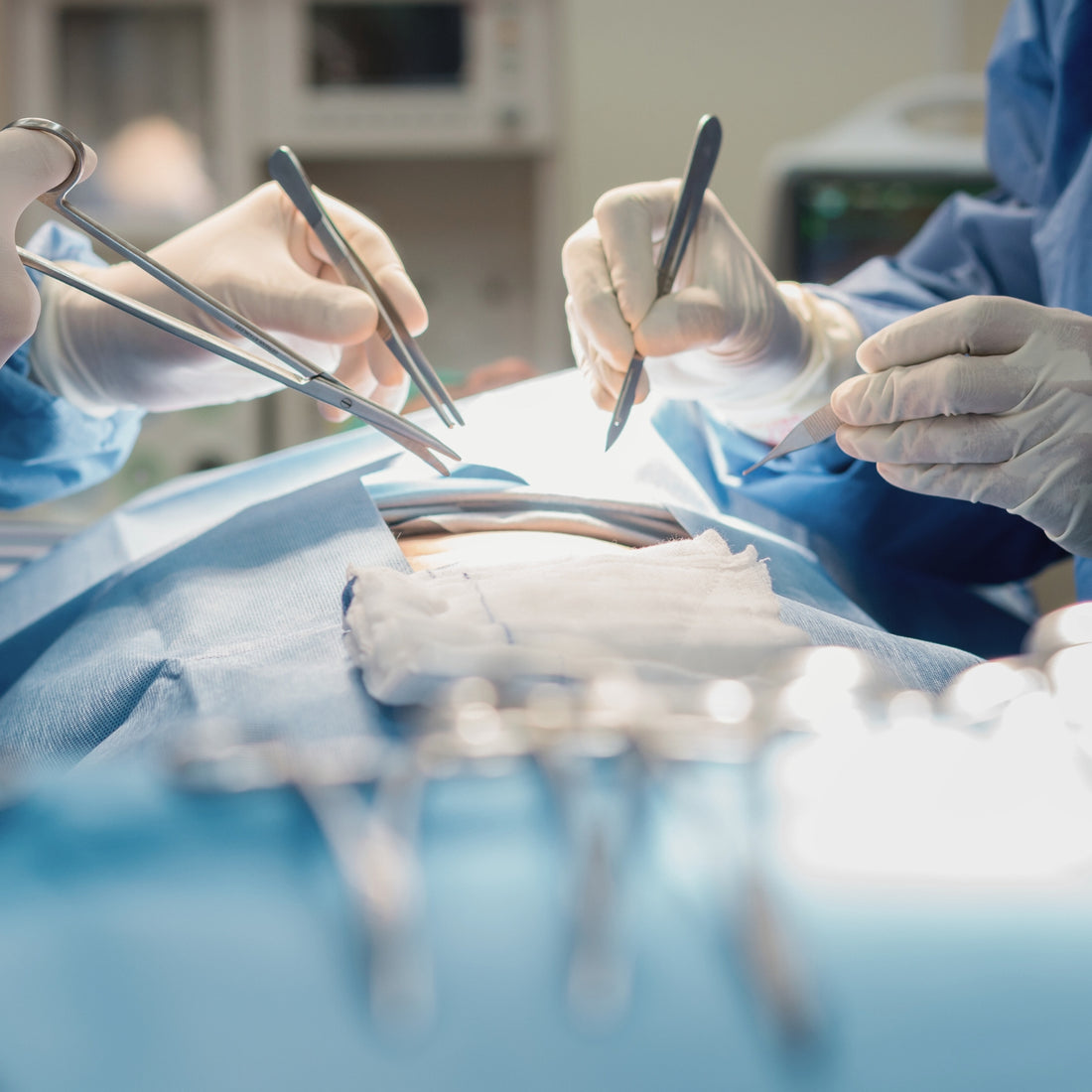
7) Clear Margins & Reconstruction:
Once margins are clear, the wound is repaired—options include direct closure, local flaps, or skin grafts tailored for optimal function and appearance.
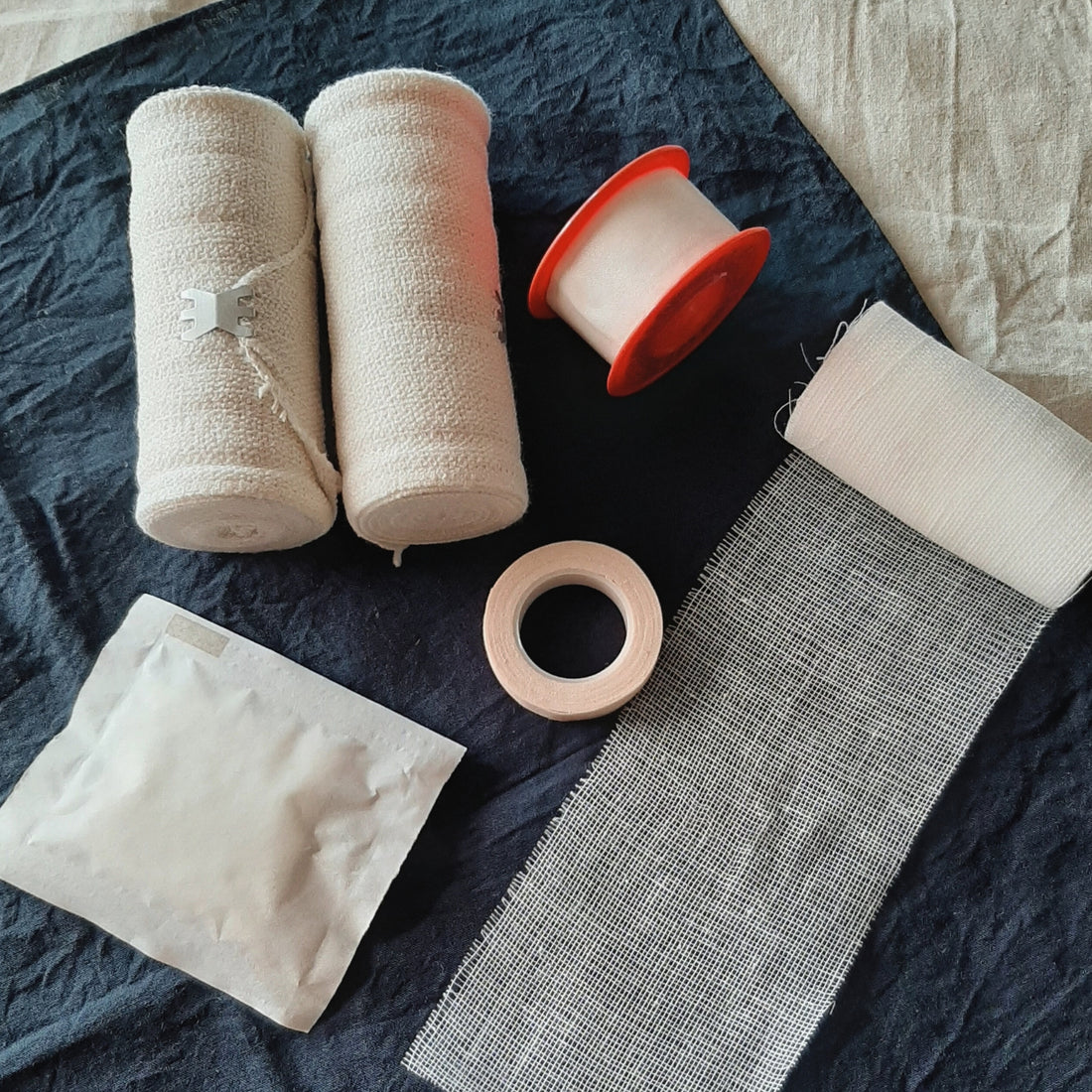
8) Aftercare & Follow-Up:
We provide wound care instructions, schedule follow-up visits, and plan routine skin checks.

Steps to Take Before Surgery
- Follow specific medication instructions from our team (some blood thinners may need coordination).
- Arrange time off for the procedure day and a quiet recovery period at home.
- Bring a companion if desired; most patients can drive themselves home unless otherwise advised.
- Expect the visit to take several hours; we’ll provide an estimated timeline at scheduling.
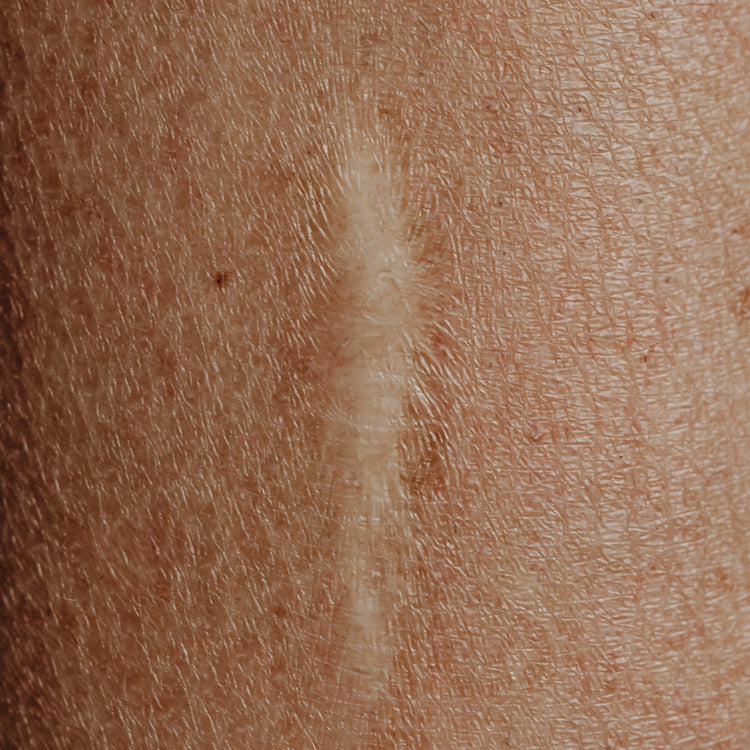
Healing After Your Procedure
- Mild discomfort, swelling, or bruising is common and managed with simple measures.
- Wound care instructions are provided; sutures are typically removed in 5–14 days depending on location.
- Scarring is expected but minimized through careful closure and postoperative care; scars continue to mature and improve over months.
- Regular skin exams and sun protection remain essential to reduce future risk.
Why choose Chicago Cosmetic Surgery & Dermatology?



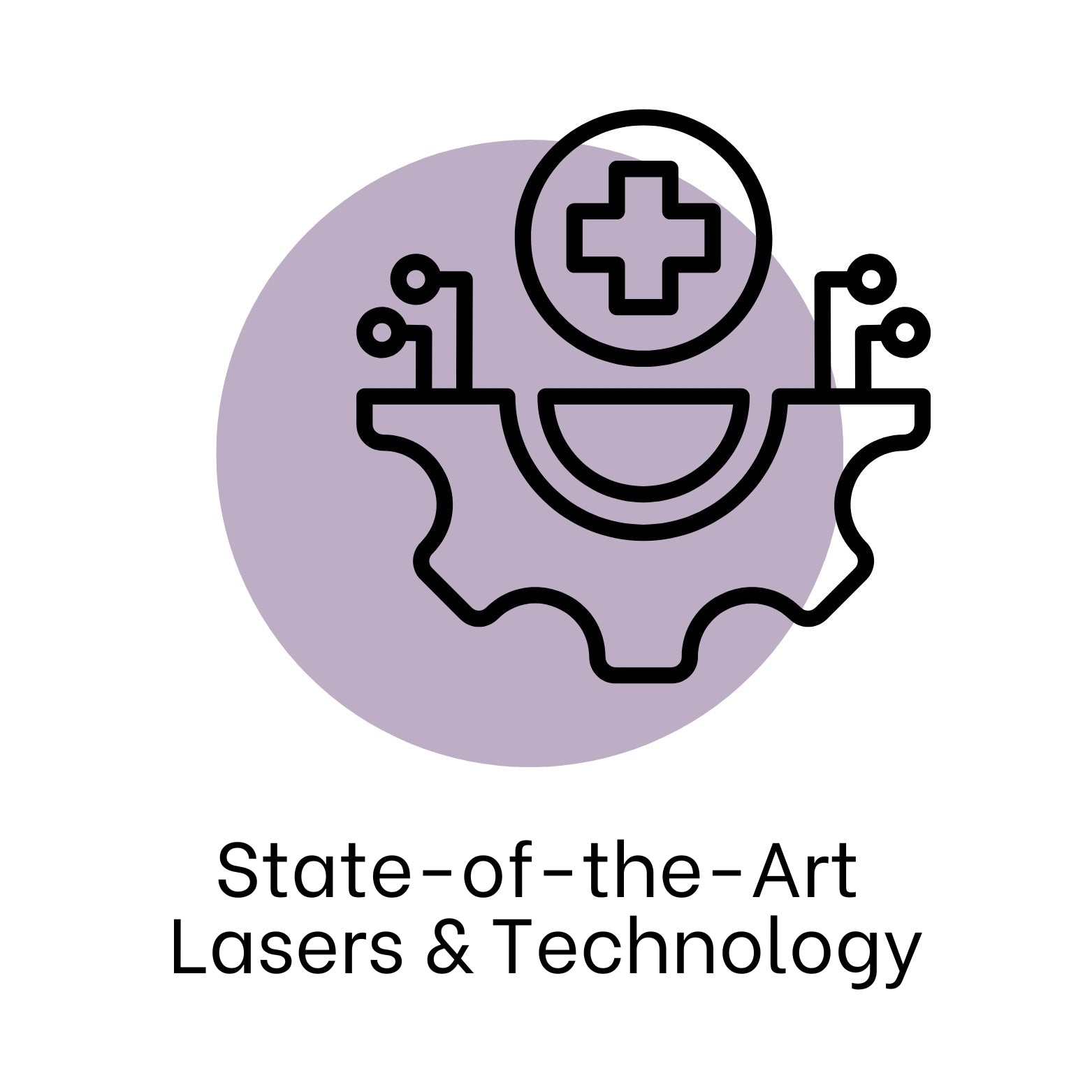
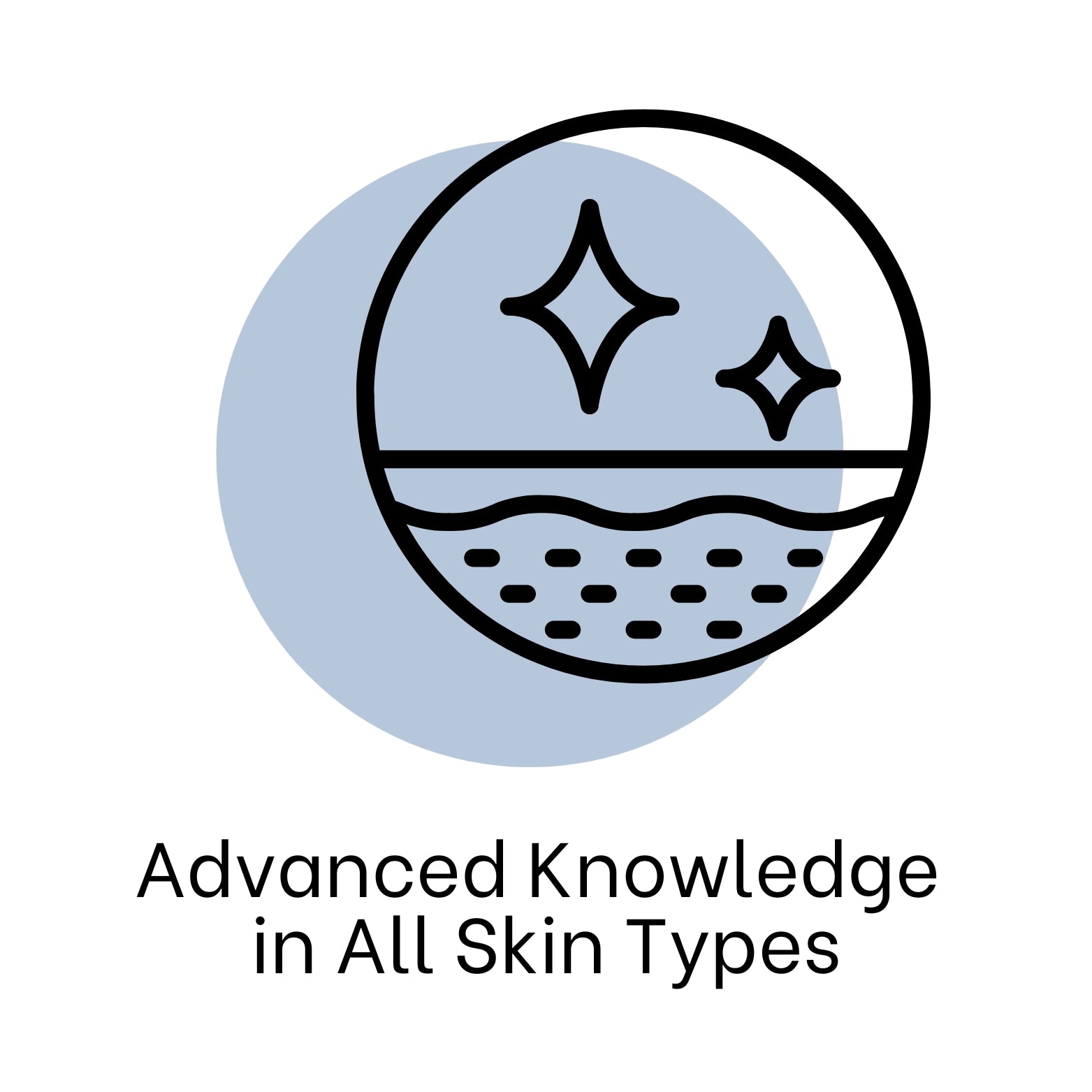

FAQ's for Mohs Micrographic Surgery
Is Mohs painful?
Is Mohs painful?
No—local anesthesia keeps the area numb. Most patients report minimal pain during and after the procedure.
How long will I be in the office?
How long will I be in the office?
Plan for several hours. Time varies with the number of stages needed; your team will update you throughout the day.
Are pigment disorders permanent?
Are pigment disorders permanent?
Some pigment conditions, like melasma or post-inflammatory hyperpigmentation, can improve significantly with treatment and sun protection. Others, like vitiligo, are chronic but manageable. While results vary by condition and skin type, many patients experience long-lasting improvement with consistent care.
Will I need reconstruction?
Will I need reconstruction?
Often yes—once margins are clear we repair the defect. The type of reconstruction depends on size, location, and patient goals.
What are the risks?
What are the risks?
Risks include bleeding, infection, nerve injury, numbness, and scarring. Serious complications are uncommon and will be discussed during consent.
How successful is Mohs?
How successful is Mohs?
For many basal cell and squamous cell cancers, Mohs offers cure rates exceeding 98% when performed appropriately.
Is Mohs used for melanoma?
Is Mohs used for melanoma?
Standard Mohs is most commonly used for non-melanoma skin cancers. Specialized techniques or multidisciplinary approaches may be used for certain melanomas; your dermatologist will advise.
Ready to Discuss Mohs?
If you have a suspicious, biopsy-proven, or recurrent skin cancer, schedule a Mohs consultation with our surgery team to explore your options.




